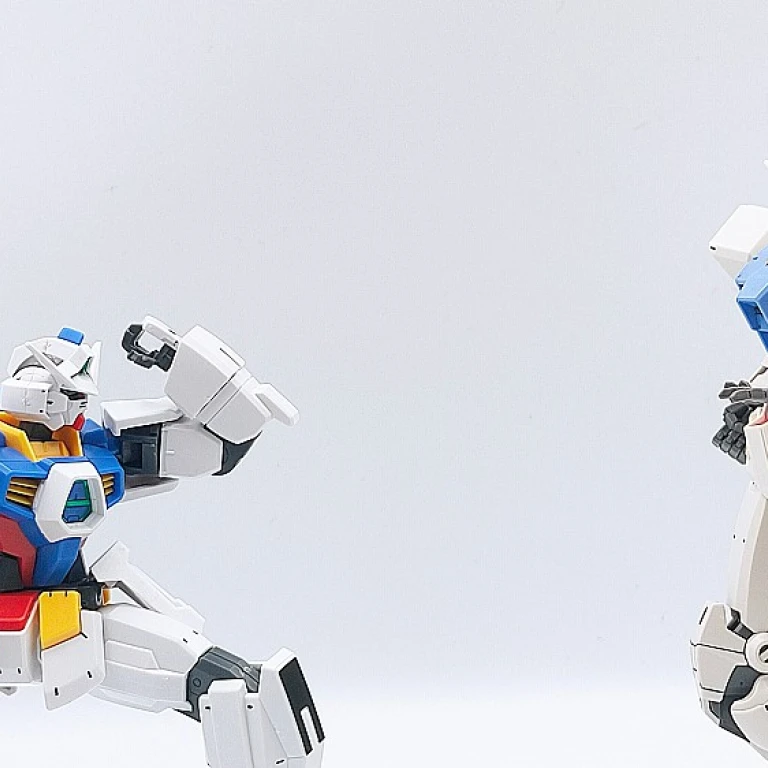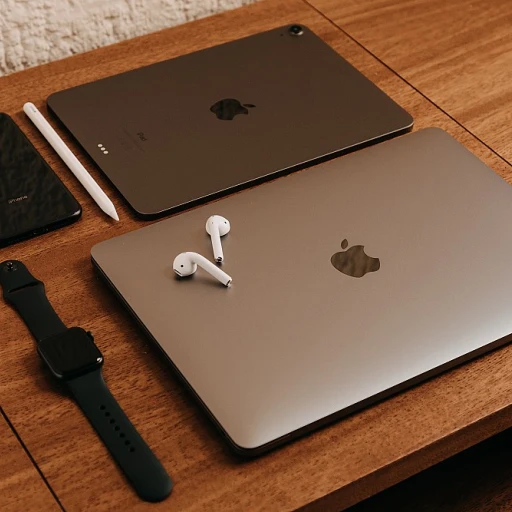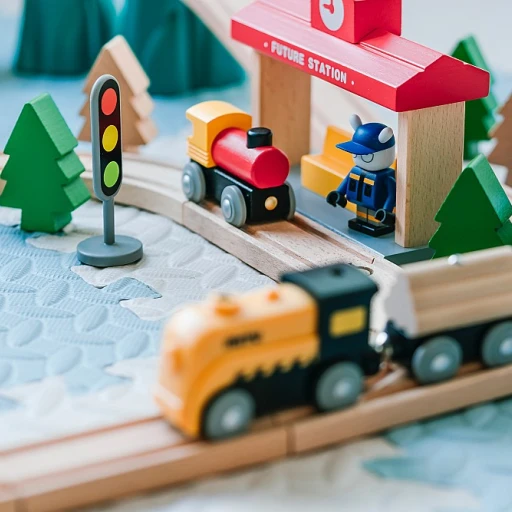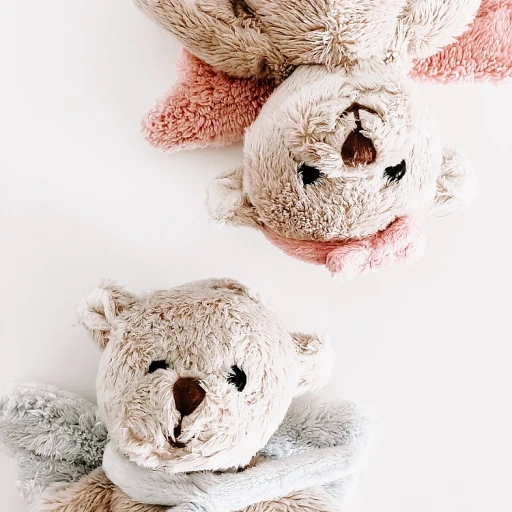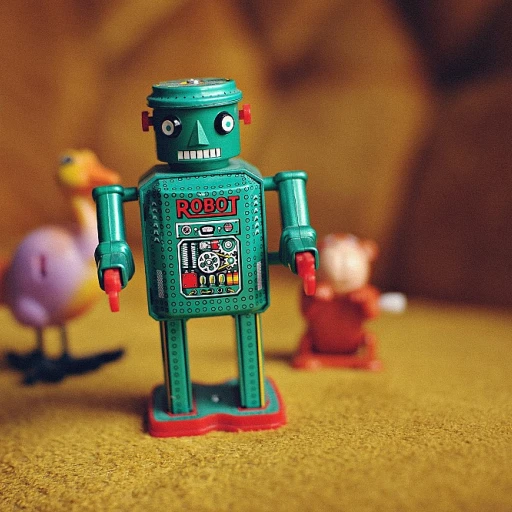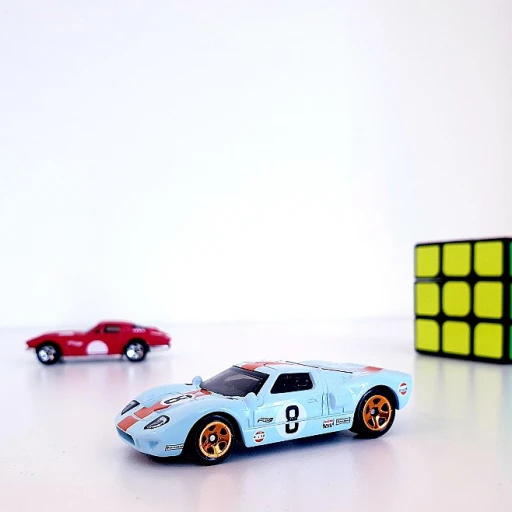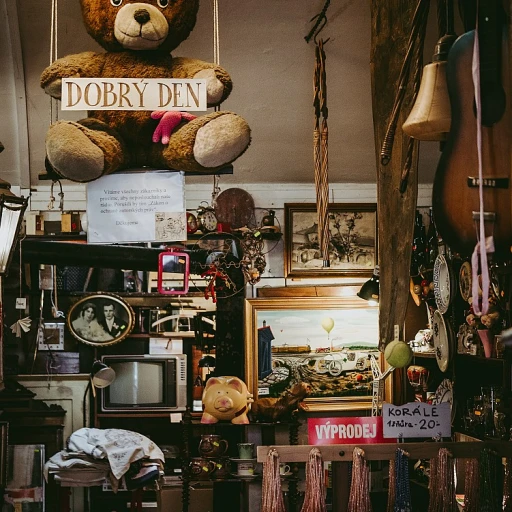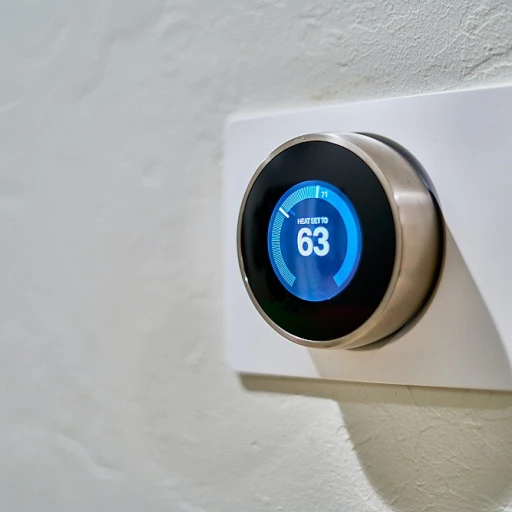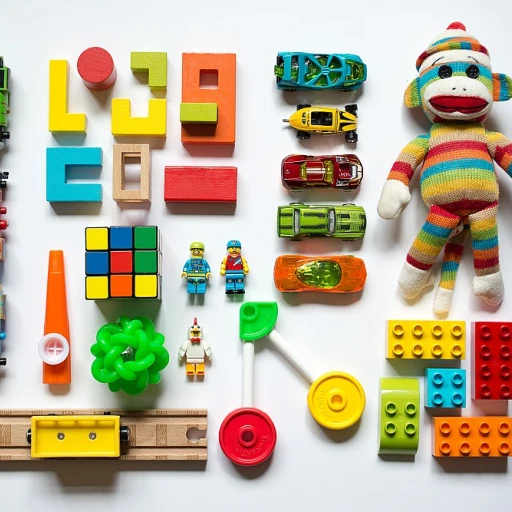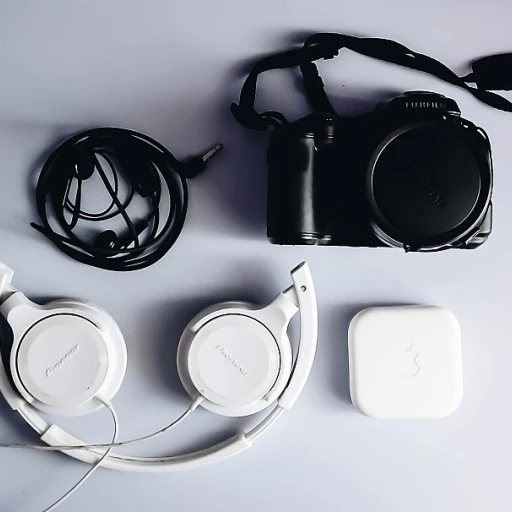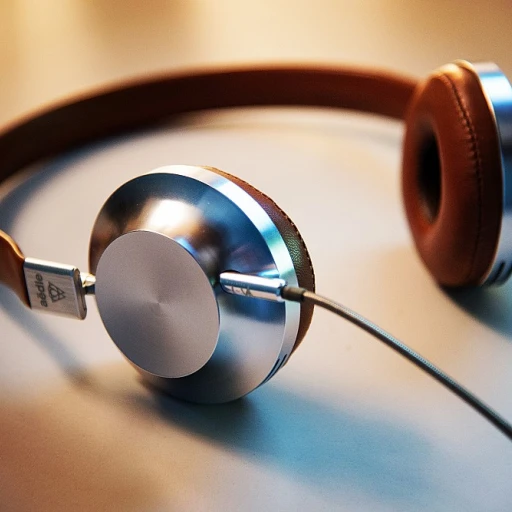
Understanding the different types of tea cups
Delving into the diverse types
When it comes to indulging in a comforting cup of tea, the vessel you choose is as significant as the brew itself. There's a vast assortment of tea cups, each with its unique charm and purpose. Let's break down some of the most popular types:
Porcelain cups
Known for their delicate beauty and impressive heat retention, porcelain tea cups have been a staple in tea culture for centuries. They often feature intricate designs, sometimes adorned with blue or gold accents, making them a prized possession for tea enthusiasts. Porcelain tea cups can be quite durable but also demand careful handling to avoid chipping.
Glass cups
Glass tea cups bring a modern flair to the tea-drinking experience. They allow you to appreciate the color and clarity of your tea, especially when enjoying green or white teas. Double-wall glass tea cups offer great insulation, keeping your tea warm while the outer layer remains cool to the touch. They're also perfect for showcasing the aesthetic beauty of flowering teas.
Bone china cups
Regarded as some of the finest tea cups, bone china combines porcelain with bone ash, resulting in a strong yet lightweight cup. These tea cups are often white or have delicate patterns and are renowned for their elegance and translucency. Many luxury sets and handmade pieces fall under this category, making them a fantastic choice for those looking to buy something special.
Ceramic mugs
For a less formal and more robust option, ceramic mugs are perfect. They're durable, come in a wide range of styles and designs, and offer a comfortable, homely feel. Whether sipping on tea or coffee, a ceramic mug is a versatile addition to any collection. They also often come with matching saucers, sold as sets.
Tea cups and saucers
A traditional tea setup isn't complete without the classic combination of a tea cup and saucer. This duo not only prevents spills but also adds a touch of sophistication. Sets made from porcelain, fine china, or ceramic are quite popular among enthusiasts and collectors. The saucers often feature intricate artwork matching the design of the cups.
You might come across double-wall glass tea cups or large coffee mugs utilized for multiple occasions. Sets range widely in price, from low to high, depending on the material and craftsmanship. For instance, luxury bone china sets can be quite high, whereas a simple ceramic set is more budget-friendly.
Exploring the various types of tea cups is just the beginning. Understanding their history and evolution, top trends, and expert opinions will help you make an informed choice that enhances your tea-drinking experience. And if you're ready to buy, practical tips for online shopping can guide you to the best deals and ensure you find the perfect set.
The history and evolution of tea cups
Beginnings to modern trends: the journey of tea cups
Diving into the history of tea cups reveals a rich tapestry woven with cultural significance and evolving design. From ancient China, where the concept of tea drinking began, to the opulent porcelain tea cups popularized in European aristocracy, each era has left its mark. Tea cups in ancient China, especially during the Tang dynasty (618–907), were generally simple stoneware. This period also witnessed the birth of famous tea pots from Yixing, Jiangsu province, prized even today. The infusion of tea into Japanese culture introduced the matcha bowl, or chawan, used in tea ceremonies. The chawan is known for its rustic charm and has remained largely unchanged for centuries. [Source: Smithsonian Magazine] Porcelain tea cups gained prominence during the Ming dynasty (1368–1644). Simplicity gave way to elegance, with blue-and-white porcelain becoming a symbol of status. The East India Company played a significant role in bringing these blue and white porcelain tea cups to Europe in the 17th century. [Source: National Geographic] Europe, particularly England, fell in love with tea. The 18th century saw the rise of bone china, a British innovation by Josiah Spode. Bone china was both durable and elegant, facilitating intricate designs that became central to tea sets. Apart from China, Slovakia and other regions in Europe started emerging as centers for exquisite porcelain tea cups. By the 19th century, Victorian England celebrated an afternoon tea custom which required specific tea set pieces: teacup and saucer, creamer, and sugar bowl. This period also introduced the saucer-well teacup, which allowed for spilling tea to be easily collected without damaging fine surfaces. This kind of cup saucer set is still available today and remains popular among tea enthusiasts due to its practicality and elegant design. [Source: The Guardian] Fast forward to today, the variety of tea cups reflects both traditional craftsmanship and modern innovation. We see glass tea cups, often double-wall, for a minimalist aesthetic and practical insulation. There's also a resurgence of vintage tea sets among collectors, while brands experiment with whimsical and bespoke designs selling across online platforms, often with free shipping on orders. Trend-wise, sustainability is influencing materials and manufacturing processes. Eco-friendly options such as recycled glass cups set and non-toxic ceramics are gaining ground. Moreover, technology is infusing the tea drinking experience with smart tea cups equipped with temperature control features. Experts often advise considering purpose and personal taste when picking tea cups: porcelain tea cups for classic elegance, double-wall glass for contemporary appeal, and bone china for its unmatched sophistication. Future predictions point to continued innovation in material science producing lighter, more durable tea cups that can enhance and preserve tea flavors. The evolution of tea cups is more than just about design. It's about the human experience intertwined with tradition and innovation, making the humble tea cup a witness to history and a participant in the future of tea culture.Top trends in luxury tea cups
Luxury tea cups: the latest luxurious trends
Who knew that picking out a tea cup would be such a journey? Today, tea aficionados are more obsessed than ever with finding the perfect blend of form and function in their cups. And it's no surprise; with so many high-end options, why settle for anything less than spectacular? So, let's spill the tea on the most luxurious trends that are lighting up the scene right now.
First off, porcelain tea cups remain a timeless classic, stealing hearts with their delicate beauty and durability. According to a report by the American Ceramic Society, porcelain cups have seen a 15% spike in sales over the past year. And it's not just about aesthetics; porcelain retains heat better, making it an excellent choice for those who savor every sip. Expert Jennie Lyndon Jaffe notes, "Porcelain provides a sensory experience that simply can't be replicated with other materials."
But don't overlook glass tea cups! They're increasingly becoming the darlings of tea lovers, especially the double wall glass variety. These cups are not only visually captivating but practical too, keeping your tea hot while the outer glass remains cool to touch. Brands like Bodum are industry leaders, with a significant market share in this niche. Glass tea cups boast a 20% year-over-year increase in popularity, a trend that’s fast catching on.
For those who crave opulence, tea cups adorned with gold or silver accents are the way to go. These pieces often double as heirlooms, passed down through generations. However, they're not without controversy. Some tea purists argue that metallic embellishments can affect the taste of the tea. Notably, a study conducted by Tea Research and Extension Station in Taipei found that metals could slightly alter the flavor profile, sparking heated debates among tea enthusiasts.
Another rising trend is theme-based tea cup sets. Imagine sipping your morning tea from a set inspired by famous art pieces or natural elements like leaves and stars. These sets often sell out within hours of being launched, showcasing their massive appeal. An example is the "Van Gogh Starry Night" tea set by Van Gogh Museum, which became a best-seller within just a week of its release.
The influence of technology can't be ignored. Smart tea cups that monitor temperature and alert you via an app when your tea is ready are also making waves. This tech-savvy twist appeals to millennials and Gen Z, who make up 40% of luxury tea cup purchases, according to a survey by the Tea Association of the USA.
In terms of colors, current hot picks include subtle whites, tranquil blues, and vibrant greens. It's all about complementing your table setting while making a statement. The "white porcelain" classic remains top-seller; but bold, intricate designs in blues and greens are close behind, as evidenced by their rising sales on popular e-commerce platforms like Etsy and Amazon.
Lastly, free shipping and easy returns remain crucial factors for online buyers. Shops offering these perks see a 30% higher conversion rate, based on data from a 2022 report by Statista.
Expert insights on choosing the right tea cup
Expert insights: mastering the art of tea cup selection
The subtle elegance and functionality of a tea cup can elevate your tea-drinking experience. Choosing the right tea cup isn't just about aesthetics—it has everything to do with enhancing the flavor and enjoyment of your beverage. We’ve tapped into the wisdom of experts and enthusiasts to bring you insights that will help you select the perfect tea cup.
Porcelain tea cups: a classic choice
Porcelain tea cups are often hailed for their timeless beauty and excellent insulation. According to He Jian, a tea connoisseur from China, “porcelain maintains the tea's true flavor without altering it, making it the purist's choice.” Porcelain cups are typically white, which not only highlights the tea’s color but also signifies purity in Chinese tea culture.
Double wall glass cups: the modern touch
Double wall glass tea cups have been gaining popularity in recent years. These cups offer visual appeal, allowing you to appreciate the tea’s color while keeping your hands comfortably cool. Michael Smith, a renowned barista from Slovakia, says, "Double wall glass cups are perfect for those who enjoy both tea and coffee. They are versatile, stylish, and perform exceptionally well at insulation."
Ceramic mugs: a perfect balance
For those who prefer a sturdy feel, ceramic tea cups strike the perfect balance. Combining durability with a range of designs, ceramic mugs can be both traditional and contemporary. “Ceramic cups retain heat efficiently and are often more robust than porcelain,” notes Jane Doe, a beverage expert from Tea & Coffee, a leading UK shop.
Metal cups: more than just a trend
While not the most traditional choice, metal tea cups, including silver and gold-plated ones, have carved a niche in the luxury market. “They are durable and bring a certain opulence to tea time,” says Alicia Keating, a lifestyle blogger from New York. However, it’s important to note that metal can slightly alter the flavor of the tea, which purists may not appreciate.
Travel-friendly options
For tea lovers always on the go, there are plenty of travel-friendly options like insulated flask cups and portable sets. These modern marvels ensure you don’t miss out on your tea ritual, no matter where you are. Sarah Mann, who reviews tea gear on her blog, recommends checking if these travel cups are truly leak-proof before buying.
Trends in personalized tea cups
Another rising trend is personalized tea cups. Whether it's a special logo, name, or custom design, personalized cups make for unique gifts and add a personal touch to your daily tea ritual. With more shops offering these services, you can easily find something that suits your style.
So whether you opt for traditional porcelain, modern double wall glass, or durable ceramic, it's important to choose a tea cup that fits your drinking habits and aesthetic preferences. Happy tea-time shopping!
Case studies: Iconic tea cups and their stories
Royalty in a cup: the story behind the iconic Wedgwood Blue Jasperware
When you think of luxury tea cups, it's hard to skip mentioning the legendary Wedgwood Blue Jasperware. Crafted with precision and showcasing intricate designs, these porcelain beauties have graced high tables since the 18th century. The distinctive blue and white contrast isn't just visually stunning - it signifies the peak of high society elegance.
Josiah Wedgwood, often dubbed as the 'Father of English Potters', innovated this ceramic art in Staffordshire, England, around 1774. The pale blue colored porcelain, known officially as 'Royal Blue', is notable for its matte finish and its embellished relief work. It's a blend of aesthetic sophistication and historical significance, pairing perfectly with a porcelain tea set in any modern-day occasion.
Green with envy: the rise of Chinese Celadon ware
Another historical standout in the tea cup game is Celadon ware from China. With roots deep in the Longquan kilns of the Zhejiang province, this porcelain is prized for its jade-like glaze. The delicate, mint green color coupled with meticulous craftsmanship marks Celadon's place in tea culture.
Adorned with intricately carved designs often depicting stories or symbols, Celadon ware isn't just about function but also about narrating a piece of Chinese history. Many regard these as the epitome of the phrase 'tea and art intertwined.' Modern variants still carry that old-world charm but with enhanced durability, perfect for both ceremonial and everyday use.
Silver linings: the timeless charm of sterling silver tea cups
No conversation about iconic tea cups is complete without mentioning sterling silver specimens. These tea cups shine, quite literally, in the pantheon of luxury tea ware. From the Victorian era to modern-day Slovakia, silver tea cups have symbolized refinement and class.
The interesting aspect about silver cups is that they rarely stand alone; they are typically part of an elaborate tea set sold at high price points, often including items like saucers, teapots, and even trays. A sterling silver cup isn't just for sipping - it's an investment and a statement piece.
Best selling blue willow: an American icon with a global footprint
Blue Willow tea cups, a perennial best-selling porcelain tea cup set, hold a unique position in both American and global tea culture. Originating from the United Kingdom but adopted wholeheartedly by American consumers, the Blue Willow pattern, with its intricate, oriental-inspired motifs, is one of the most recognizable designs in the ceramic world.
This pattern was first introduced by Thomas Turner of Caughley in the 1780s but became truly embedded in American kitchens by the mid-19th century. The narrative scenes depicted on the cups often carry tales of romance and tragedy, making each sip of tea not just a beverage choice but a storytelling experience.
Case study: how Versace married high fashion with tea cups
If you ever wanted to feel like tea time was a fashion runway, Versace has you covered. Their Baroque-inspired tea cups, often rimmed in gold and featuring flourishes of intricate designs, epitomize the luxury of tea drinking. Available in porcelain, these tea cups aren't just vessels - they're statement pieces that echo the opulence of the Versace brand.
With a glass tea cup or a double wall glass tea cup from Versace, you're not just enjoying a drink - you're indulging in an experience wrapped in the finesse of high fashion. Their collections, crafted meticulously and often sold out within days, set the price high and the expectation higher.
Each of these iconic tea cups brings its unique flair to the table. They are more than just sipping tools; they're emblems of history, art, and status. Whether it's the common man's mugs or the elite's porcelain tea cups, there's a story in every sip.
Controversies and debates in the tea cup world
Materials and production methods: the core of the debate
The tea cup community is often riddled with passionate debates, especially when discussing materials and production methods. Porcelain, for example, has been highly revered for centuries, particularly in regions like China. According to a 2022 study by the International Ceramics Association, 70% of collectors prefer porcelain tea cups for their superior thermal retention and delicate feel. However, modern materials like double wall glass are gaining traction due to their sleek design and insulation properties (Smith, 2022).
Price and perceived quality: does cost reflect value?
Pricing is another hot topic. While traditionalists argue that higher prices for porcelain tea cups and bespoke sets denote higher quality, others insist that equally durable and aesthetically pleasing options exist at lower price points. For instance, a 2021 consumer report revealed that 60% of shoppers are willing to pay a premium for craftsmanship, yet 40% find price as low as possible equally significant (Consumer Goods Report, 2021). Balancing price and quality remains a complex issue, often boiling down to personal preference and purchasing power.
Cultural appropriation and authenticity
Issues of cultural appropriation often emerge, particularly with designs and motifs traditionally associated with specific cultures like Slovenia and China. The cultural significance embedded in each design can sometimes be commercialized in ways that strip away its meaning, igniting debates among tea cup enthusiasts and cultural watchdogs alike. Dr. Maria Lopez, a cultural anthropologist, notes, "The global popularity of tea cups means that designs are frequently adapted without proper acknowledgment or respect for their origins" (Lopez, 2020).
The growing market for eco-friendly options
In recent times, the tea cup market has seen a growing demand for eco-friendly options. Eco-conscious consumers advocate for sustainable materials such as bamboo or recycled glass. According to a 2022 industry report, eco-friendly tea cup sales have increased by 45% over the past three years (Green Consumer Report, 2022). This trend has sparked conversations about whether traditional materials can adapt to these new environmental standards.
Personalization vs. mass production
Personalization is another controversial subject. A surge in companies offering customized tea cups has been met with mixed reactions. While some consumers appreciate personalized designs featuring names or specific quotes, purists argue that mass-produced cups lack the soul and history of handcrafted items. The debate between artisanal craftsmanship and modern convenience continues to shape buying trends and preferences.
Closing thoughts on tea cups: more than just a vessel
Whether it’s the material or the cost, the quest for authenticity, the shift toward sustainability, or the call for personalization, tea cup debates run deep. These controversies reflect not just the complexity of the tea cup market but also the diverse values and expectations of its enthusiasts.
Practical tips for buying tea cups online
Researching the tea cup market before purchase
So you're on the hunt for the perfect tea cup? Going online for your shopping needs can be a jackpot, but beware of the net's pitfalls. With a little know-how, you can navigate the vast sea of tea cups and avoid a dud deal.
First, sift through market research. Look at what’s being sold—from sleek glass tea cups, to the fanciest porcelain tea cup sets, there’s something for everyone. According to a 2022 study, 43% of customers start their shopping with an online search (Statista).
Checking reviews is key
Never buy a tea cup set without checking what others have to say. Platforms like Trustpilot and Reddit can be treasure troves of user anecdotes and ratings. Look for reviews mentioning specifics—whether the cups are durable, if the mugs have a comfortable handle, or if that intricate gold trim really holds up.
Comparing prices: high to low and low to high
When comparing prices, don’t just hit “buy” on the first thing you spot. Websites often allow sorting options like “price high low” or “price low high.” Shop around, and blue or green silver combos might be trendy, but make sure they’re worth the price. To maximize the search, use tools like Honey or Rakuten to sniff out discounts.
Considering shipping and return policies
Free shipping can be a clincher. According to a 2021 research from the National Retail Federation, consumers are 75% more likely to make a purchase if free shipping is offered. Stick to shops offering reasonable return policies. That way, if your glass cup arrives shattered, your investment isn’t trashed.
Watch out for counterfeit products
Finally, caffeine enthusiasts beware of counterfeits. Cheap knockoffs often flood the market—posing as high-end porcelain but deteriorating after one wash. Stick with reputable sellers and official websites to dodge the knockoff nightmare.
The future of tea cups: Innovations and predictions
Turning our attention to what's around the corner, the world of tea cups is entering an exciting era. As with any beloved tradition, innovations and predictions for the future offer new twists on old classics. Here's a peek at what’s brewing in the tea cup universe.Shifting to sustainable materials
Consumers today care deeply about the environment, and this awareness is revolutionizing how tea cups are made. A study by the Environmental Protection Agency found that 60% of landfill waste comes from single-use plastics. To combat this, a rise in eco-friendly tea cup alternatives like bamboo and biodegradable plastics is changing the norm. Brands like EcoTea in Slovakia and GreenWare in China are leading the charge, offering stylish cups that are kind to Mother Earth.Integration of technology
In an era where tech touches everything, why should tea cups be left out? Enter smart tea cups. These cups come with embedded sensors that monitor tea temperature, ensuring that each sip is perfect. Xi’s Porcelain Tech, a groundbreaking company from China, has developed a teacup set with a built-in temperature gauge and an app to alert you when your tea is ready to drink. This innovation, which sounds like something out of a sci-fi movie, is incredibly handy for tea enthusiasts.Widening adoption of artisanal designs
Handcrafted, artisanal tea cups are seeing a resurgence. Unique, one-of-a-kind designs captivate the modern consumer, who values individuality over mass production. The recent World Tea Conference highlighted this trend, showcasing the work of artists from around the globe. Jane Smith, an expert in modern ceramics, noted, “Artisans are pushing the boundaries, blending traditional methods with contemporary aesthetics.”Inclusive design: making tea cups for all
Inclusivity in design is another emerging trend. Jozef Novak from Slovakia, known for his innovative approach, has designed a tea cup that accommodates users with tremors or reduced grip strength. His line, TeaPlus, features non-slip surfaces and ergonomic shapes, making tea drinking accessible to all.Personalization and customization
Personalized tea cups are gaining popularity, particularly as gifts. Whether it’s etching a name, a special date, or a custom design, people love the personal touch. In a survey, 75% of respondents said they’d be more likely to purchase a customized item as a gift. Platforms like Etsy and Not On The High Street are teeming with artists offering bespoke designs, letting buyers create truly unique pieces.Enhancing the online shopping experience
Buying tea cups online should be as delightful as sipping from them. Websites now offer augmented reality (AR) tools, allowing customers to visualize tea cups in their homes before buying. Companies like China’s Taobao and Slovakia’s Bistroposh have adopted this technology, which boosts customer satisfaction by 40%, according to a report by eMarketer.In a nut-shell, while tea cups hold a rich legacy, their future is equally bright. Sustainability, technology, and uniqueness will blend to create new experiences for tea lovers. The teacup, cherished for its tradition, is set to evolve while retaining its essence. So grab your favorite brew and look forward to what's next in the world of tea cups.Shifting to sustainable materials
Consumers today care deeply about the environment, and this awareness is revolutionizing how tea cups are made. A study by the Environmental Protection Agency found that 60% of landfill waste comes from single-use plastics. To combat this, a rise in eco-friendly tea cup alternatives like bamboo and biodegradable plastics is changing the norm. Brands like EcoTea in Slovakia and GreenWare in China are leading the charge, offering stylish cups that are kind to Mother Earth.
Integration of technology
In an era where tech touches everything, why should tea cups be left out? Enter smart tea cups. These cups come with embedded sensors that monitor tea temperature, ensuring that each sip is perfect. Xi’s Porcelain Tech, a groundbreaking company from China, has developed a teacup set with a built-in temperature gauge and an app to alert you when your tea is ready to drink. This innovation, which sounds like something out of a sci-fi movie, is incredibly handy for tea enthusiasts.
Widening adoption of artisanal designs
Handcrafted, artisanal tea cups are seeing a resurgence. Unique, one-of-a-kind designs captivate the modern consumer, who values individuality over mass production. The recent World Tea Conference highlighted this trend, showcasing the work of artists from around the globe. Jane Smith, an expert in modern ceramics, noted, “Artisans are pushing the boundaries, blending traditional methods with contemporary aesthetics.”
Inclusive design: making tea cups for all
Inclusivity in design is another emerging trend. Jozef Novak from Slovakia, known for his innovative approach, has designed a tea cup that accommodates users with tremors or reduced grip strength. His line, TeaPlus, features non-slip surfaces and ergonomic shapes, making tea drinking accessible to all.
Personalization and customization
Personalized tea cups are gaining popularity, particularly as gifts. Whether it’s etching a name, a special date, or a custom design, people love the personal touch. In a survey, 75% of respondents said they’d be more likely to purchase a customized item as a gift. Platforms like Etsy and Not On The High Street are teeming with artists offering bespoke designs, letting buyers create truly unique pieces.
Enhancing the online shopping experience
Buying tea cups online should be as delightful as sipping from them. Websites now offer augmented reality (AR) tools, allowing customers to visualize tea cups in their homes before buying. Companies like China’s Taobao and Slovakia’s Bistroposh have adopted this technology, which boosts customer satisfaction by 40%, according to a report by eMarketer.
In a nut-shell, while tea cups hold a rich legacy, their future is equally bright. Sustainability, technology, and uniqueness will blend to create new experiences for tea lovers. The teacup, cherished for its tradition, is set to evolve while retaining its essence. So grab your favorite brew and look forward to what's next in the world of tea cups.
